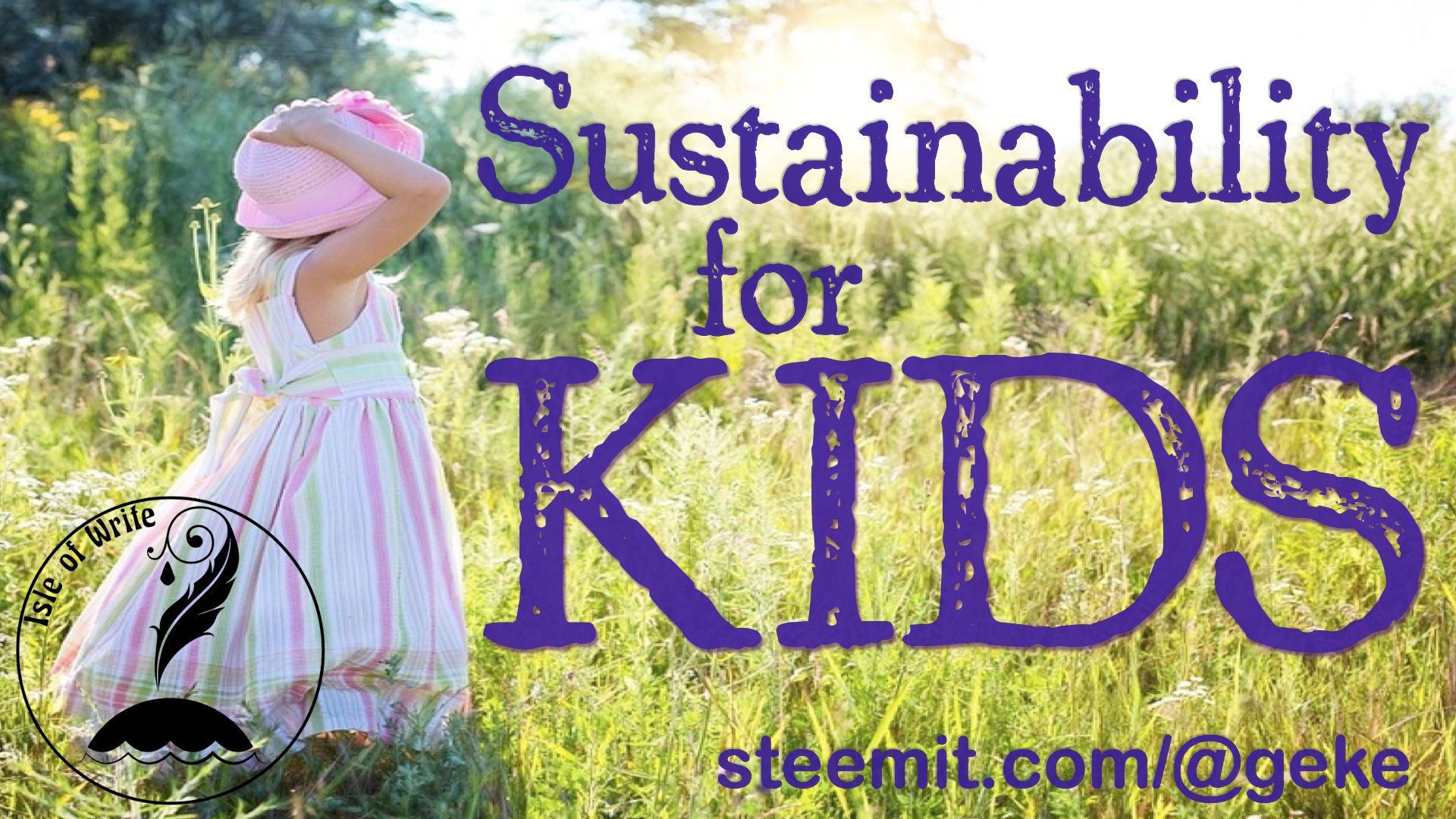
are posted here: Part 1 | Part 2 | Part 3 | Part 4 | Part 5
Not all economists share Keynes' belief that saving stalls the economy. Saving money is a signal that more money is demanded. When you hold (or hodl) dollars, you're showing a preference for money rather than for products. Saving signals your preference for liquidity. Having liquid funds means they're available to spend, not tied up in investments and not consumed or gone because we spent them. Liquid funds are in our pocket or checking account, available to spend. This is what people want when the future seems risky.
We even signal our preference for liquidity right here on Steemit. When you power down and move your resources from SteemPower to STEEM, you are signaling your preference for liquidity so that your STEEM is available to spend. And when you post and choose to power up 100 percent, you're signaling that your preference for liquidity has gone down.
Being powered up on Steemit is a signal that you feel more confident about the future. You believe the price of STEEM will rise. But if you believe the value of STEEM will soon fall, you'll tend to want to power down and spend that STEEM before it does. Again, this is the same thing people do when the value of dollars falls. They spend it rather than save something that's decreasing in value.
Sometimes it makes sense to spend and sometimes it makes sense to save. Both behaviors are rational, but under different conditions.
And when people signal a preference for liquid money rather than products, it doesn't grind the economy to a halt, the way Keynes believed. Saving money doesn't make production stop. Saving makes production shift.
When money is demanded, short-term interest rates fall and long-term interest rates go up. This changes how businesses borrow money to produce goods. In this financial environment, manufacturers will focus on short-term, less risky production processes. This means focusing on consumer goods we always tend to need and buy like food and clothing, and focusing less on long-term, riskier ventures like new, innovative inventions that don't yet have a market.

Of course, we want people to be innovative and to take risks inventing the next big thing. But it's not the right time to be risky and bold when people, economy-wide, are signaling a preference for caution and liquidity. Sustainability is about living in ways that we can maintain, and we can't maintain risk and innovation when people are feeling more cautious.
Timing is everything. When the economy signals that people are feeling more confident, that's the time to move forward on new, innovative projects. That's how we use our resources sustainably, by following these natural rhythms in the economy.
Economists like Keynes – today we call them Keynesian economists – believe that when people start to save their money, the government should step in to force them to spend. Without a gold standard, the government can inflate the money supply, which Keynes recommended. Increasing the money supply lowers the value of each dollar, forcing people to spend those dollars and making it unattractive to save them. This pushes people to spend, completely ignoring sustainability and the natural market forces that keep any economy in check.
But what happens when these measures don't get people spending enough? The answer, for Keynes, was to get the government to spend more, and we'll explore that next time.
This article is one of a series I'm writing for the 30 Day Writing Challenge hosted by @dragosroua. If you want to join, write on a topic that interests you or that you'd like to learn more about and use the tag #challenge30days. As Dragos says, "The key word sequence here is: "write every day."
Interested in a relaxed place
to kick back and chill
with other writers and creative types?
Check out The Isle of Write by clicking below!


